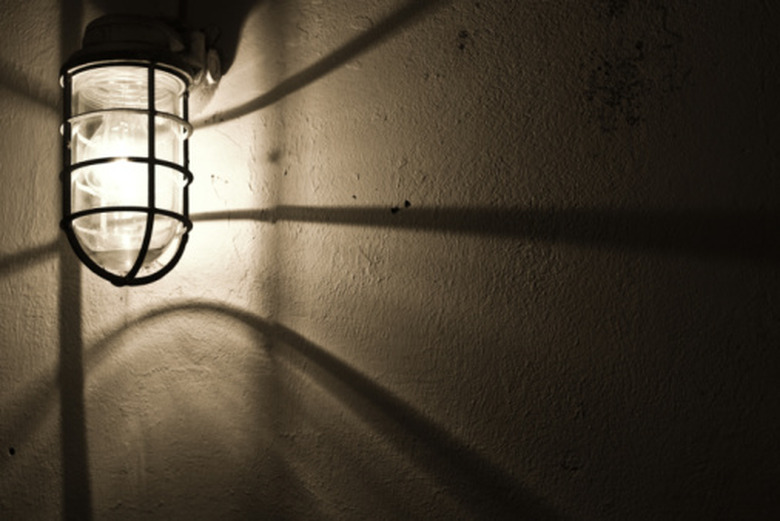Facts On Electric Energy For Kids
We use electricity for so many things in our daily lives we often forget it's there. Just think about how we use electricity every day. Switching on a light, heating water in a kettle, watching television, playing computer games, showering, charging a cell phone, cooling food in a refrigerator; they all use electricity. Think what your life would be like were it not for this source of energy.
Source
Source
Electricity is made by converting other sources of energy, like coal and nuclear energy. We can also use the sun, wind or water, and even animal dung to produce electricity, but in the United States the most common way of creating this power is to burn coal, according to Alliant Energy Kids.
Circuits
Circuits
Electricity must travel through a full circuit, starting at the source of electricity and finishing where it is needed. For example, when using a battery operated flashlight, the source is the battery; the current flows through a copper wire and reaches the bulb, then flows back to the battery. If the circuit is broken your flashlight won't work.
Charges
Charges
Electrical charges are either positive or negative. Opposite charges attract one another, while charges that are the same repel each other, just like with a magnet. As electrical charges build up, they produce static electricity.
Static Electricity
Static Electricity
Lightening is a form of static electricity. When thunderclouds form, water and ice rub together inside them to separate positive and negative charges. The lightweight positive ice charges assemble at the top of the cloud while the heavier negative water charges fall to the bottom. Eventually the build-up of electrical charges becomes so enormous that the negative charges jump to the positively charged particles on the earth. This is seen as a huge bolt of lightning, and just one of these bolts has enough power to light 100 million light bulbs, according to Choptank Electric Cooperative.
Save Electricity
Save Electricity
Because most of our electricity comes from a finite source – meaning a source that will eventually run out – it makes sense to conserve electricity. Turn off the television and lights when you are not using them. Even a power button that glows all day uses valuable energy. If you have an electric water heater, you can save electricity by taking showers instead of baths. You will use less water, and therefore, less electricity will be needed to heat your water. Another way to save electricity is to replace the regular light bulbs in your house with energy-saving ones known as compact fluorescent light bulbs, or CFLs.
Cite This Article
MLA
Parr, Laura. "Facts On Electric Energy For Kids" sciencing.com, https://www.sciencing.com/electric-energy-kids-8153127/. 24 April 2017.
APA
Parr, Laura. (2017, April 24). Facts On Electric Energy For Kids. sciencing.com. Retrieved from https://www.sciencing.com/electric-energy-kids-8153127/
Chicago
Parr, Laura. Facts On Electric Energy For Kids last modified March 24, 2022. https://www.sciencing.com/electric-energy-kids-8153127/
